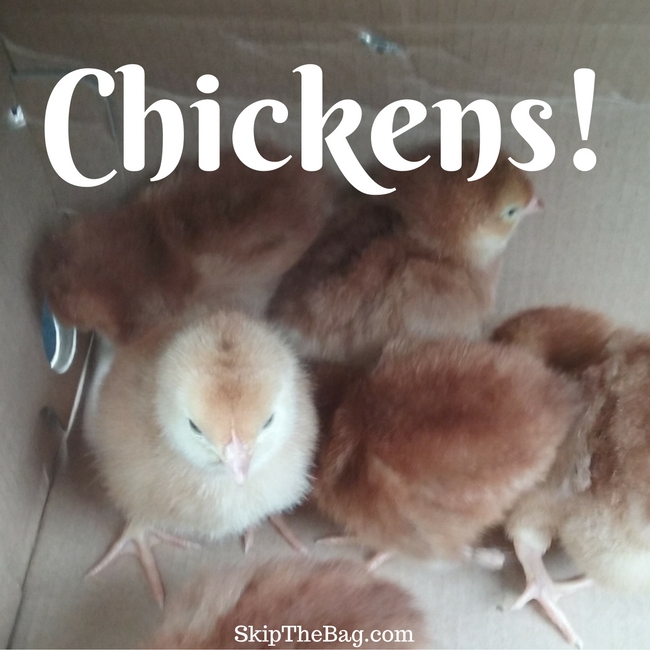Hubby and I are going to start with plants, rather than seeds, in our garden. I'm sure we'll tackle seed planting soon though. It is just easier to start with established plants and we don't have the supplies yet to grow from seeds. After a season or two growing from plants we'll have enough containers of the appropriate size to start growing seeds. Besides a local hardware store was giving seed packs away for free so I picked up packs of things I thought we would use...beans, squash, several types of lettuce, kale and spinach. My goal from this garden is to grow a salad after all!
The second half of the class was a discussion on what grows best when in our area. Each area of the United States has it's own climate and it's important to know what will grow best based on the season. The Gulf Coast experiences very hot and wet summers so typical 'summer' crops may be relegated to 'early' or 'late' summer and not during July and August. However more tropical crops may do just fine in July and August.
 |
| The start of our garden: cardboard. |
This site uses affiliate links. If you click on an Amazon link and make a purchase (disclosure),
I may receive a commission which is used to help fund this blog. The price to you is unchanged.
So this week we started making our garden! We laid out the cardboard for our garden and staking out what will be growing rows and what will be pathways. They recommended 4 foot beds and 3 foot pathways and a 3 foot perimeter. We made ours with a total of 4 growing rows to start. Our rows are a little bit longer than the recommended 15 feet, the longest is about 22 feet. However, due to some stumps in back, not all rows will be this long.
Some tips on laying down cardboard. It doesn't matter how big you think your boxes are, get bigger ones. I spent quite a bit of time laying down the remaining boxes we had from moving and it only made up about a quarter of our garden. Then we called local mattress and furniture stores to find some more. It was significantly faster, even with having to remove some staples. The tempurpedic boxes we found worked the best. The stores were more than happy to give us boxes so don't hesitate to ask.
Pin for later:
Learn more about mulch:
We got four bales of hay from a local feed store, but I'm anticipating we'll need some more before we are done. Once we get the wood chips we'll start laying they hay and chips down and I'll have a better idea about how far the hay will go. Remember we want to have a layer about six to eight inches thick of hay. Once the mulches are down we will officially have a garden, we'll just need some plants for it!
How is your garden coming along?




































